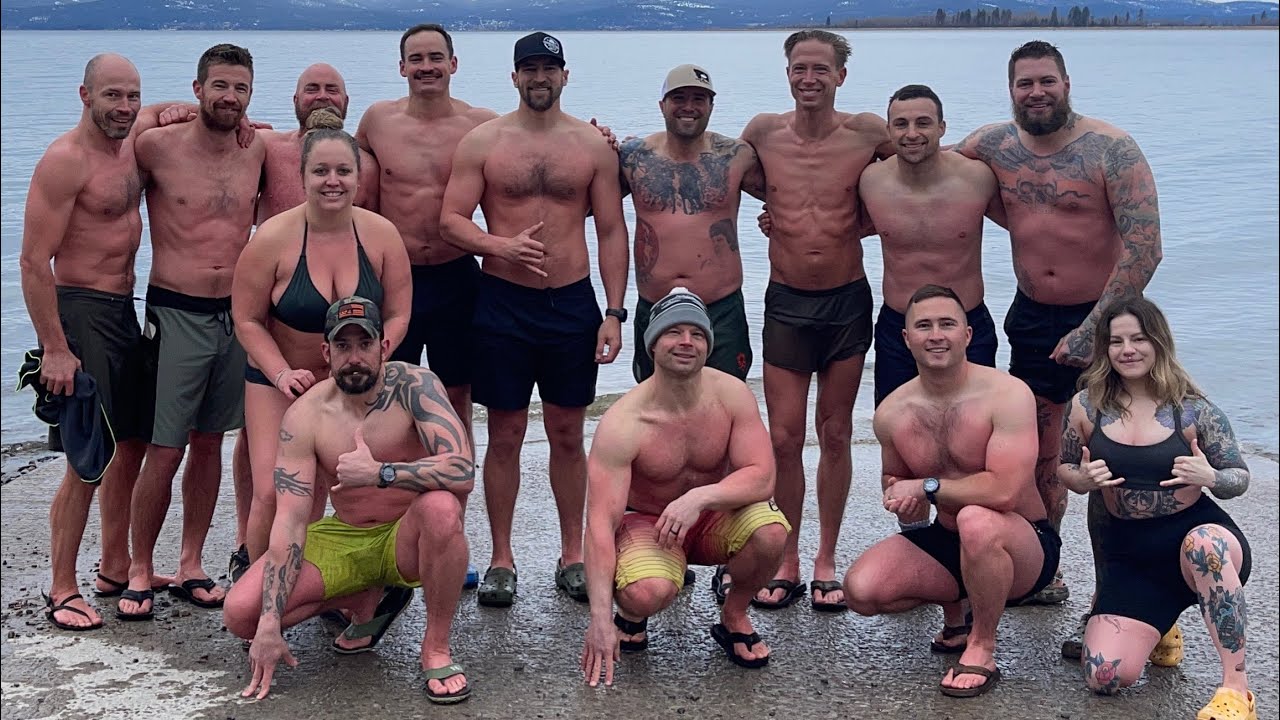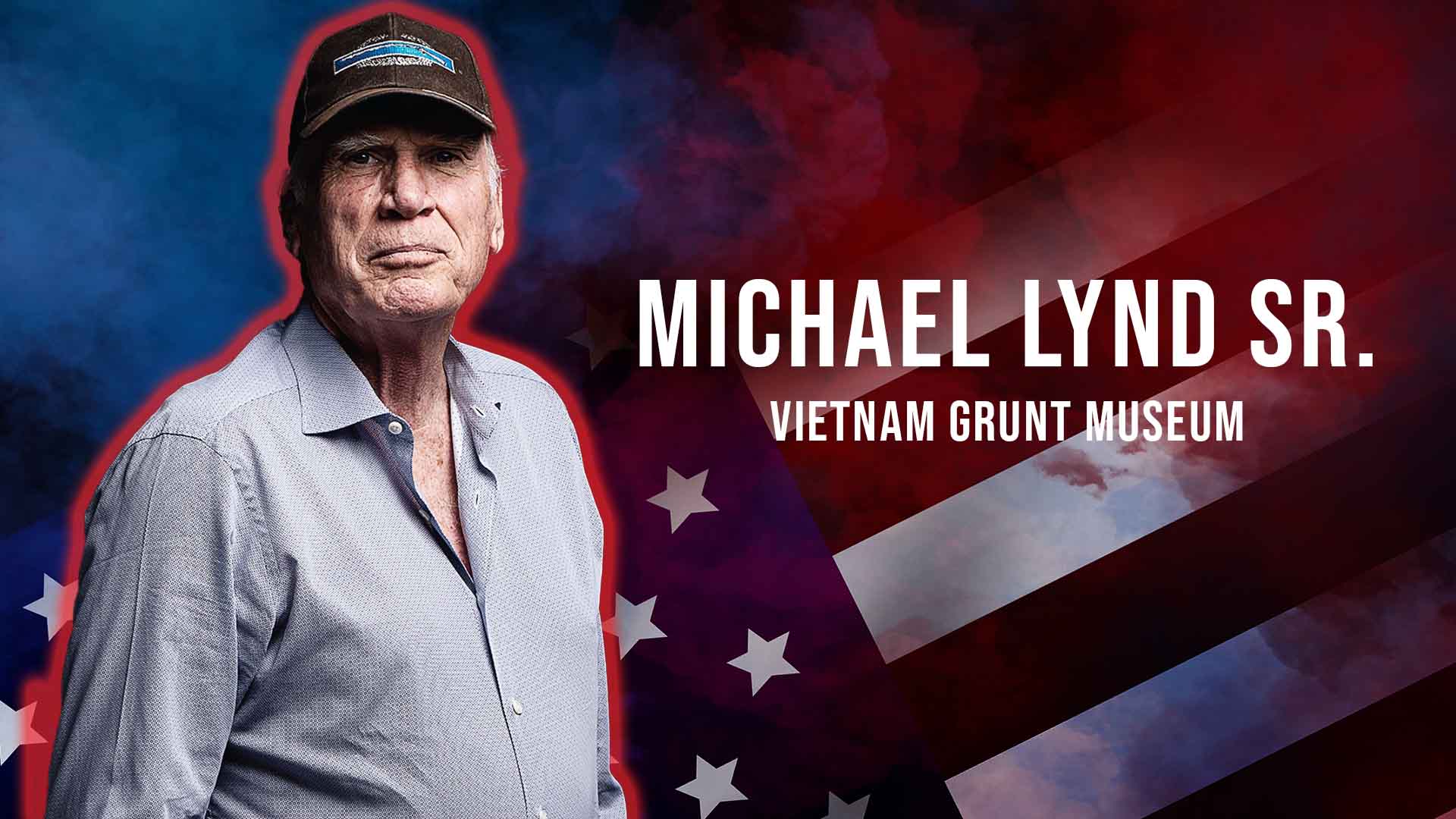If the hysteria over finding toilet paper was not enough, March 23 saw Marines taking to social media platforms and expressing outrage over an article published by the Marine Corps Times and Wall Street Journal. The article outlined the Marine Corps' Commandant's plan to eliminate Tank units as well as a major reduction of artillery and aviation units, not to mention the elimination of bridging and law enforcement units. But the rage was mainly over the news of the plan to reduce the number of infantry battalions from 24 to 21 which is starting with the elimination of the 8th Marine Regiment's command element, HQ Company and one of it's battalions, 3rd Bn 8th Marines (3/8).Under this initial change, the other two battalions 1/8 and 2/8 will be reallocated respectively to 2nd and 6th Marine Regiment. The change takes the East Coast-based 2nd Marine Division from 3 infantry regiments of 3 battalions each to now 2 regiments each carrying 4 battalions. The configuration is more like the California based 1st Marine Division which still has 3 infantry regiments but each carrying 4 battalions.Social Media was buzzing with disdain, but moreso a misunderstanding of the Commandant's plans. It also seemed most had not truly read the article, rather the header that was going around as many thought all 3 battalions were going away. (And trust me I had my initial negative reaction as I myself am a veteran of both 1st and 2nd Bn 8th Marines. Seeing news of the regiment I served in being disbanded stung for sure.) However, it is important to try and look at why these changes matter for the Corps' future and understand the history behind such changes as they are very common, they just happened before everyone had a social media account.A History of Unit ChangesWhen I arrived in the "fleet" in September 1990, I checked into what was, at the time, "Delta" Company 1/8, most of whom had come over from the recently disbanded "Lima" Company 3/4. Within 30 days of arrival, Delta Company was disbanded and most of us reassigned to Bravo Company as battalions started eliminating the "4th" rifle company such as Hotel 2/8 and Mike 3/8.Within a few years, 3rd Bn 4th Marines (3/4) was stood back up; only now as part of the 7th Marine Regiment, 1st Marine Division. The late 80's saw 6th Marine Regiment disband 2/6 and for years operate as only 2 battalions as 8th Marines had 4 with 2/4 part of it. Eventually 2/4 went to 6th Marines which created an equal amount of battalions in the East Coast infantry regiments, and 2/4 would eventually disband and stand back up as 2/6.Meanwhile, 2/4 later found itself in California as part of 5th Marines. There are dozens of changes like this, but the bottom line is the Corps has always been reshuffling the deck chair when it comes to its infantry units. This is not the first and most certainly won't be the last of such changes, up or down.So What is the Corps Thinking?For a few years now, even under that of previous commandant General Robert Neller, the Corps has been making a shift, and the current commandant General David Berger is determined to complete it. During the tempo of two simultaneous wars in Iraq and Afghanistan, the Marine Corps took on a role that quickly overshadowed its role as a maritime-based strike force. The needs on the ground meant longer and more frequent deployments for Marines and deploying as much larger units such as regiments and divisions.At the end of the day it goes without saying that Marines will scale up as needed to meet the nation's needs, but with the world and our policies changing, the need for Marines to once again be a smaller, faster, and agile force has never been more important. That includes greater integration. Not only with the Navy but also the other branches of service.If you are looking for validation of this, look no further than the December 31, 2019 attack on the US Embassy in Iraq. Marines had a small task force, not even full battalion size, which were forward deployed and able to respond immediately to the embassy. They did so in partnership with US Army aviation assets. This is truly the future role the Corps will play in the world. And while the Corps may be scaling back in some areas, they are scaling up where it counts- such as a larger, better equipped and more autonomous infantry squad, which is deployed for the first time as part of 2/8 with the 26th Marine Expeditionary Unit.Another major change is the size of deployments, I write recently about the growing role of company size deployments:https://www.americangrit.com/2019/09/09/company/I also visited with two different Marine infantry battalions, which are both preparing to deploy their companies independently, in several different areas across the globe. We are facing a decreased access to overseas bases which translates clearly to leveraging our Naval power, which is incomplete without Marines.Don't Forget the ReservesThroughout the tempo of Iraq, Afghanistan, and operations prior- such as Desert Storm, Haiti, and the Balkans; Marine Corps Reserve units have stepped up and been an equal part of the fight and scaling up of forces. Even now, some Reserve units are taking on deployments normally handled by active units.Let it Play OutIt is important to remember why the Marine Corps exists and let these changes play out. The Corps has proven, without question, that it can scale right back up if needed, and has been proven in every major conflict. The details remain to be seen as to what the Corps' armor and artillery strategy will look like, but it will have to align with the changing shape and operations of infantry units.More on larger operations:https://www.americangrit.com/2019/07/17/validation-of-the-marine-corps-infantry-agility-the-regimental-combat-team/We Marines do not like changes, especially not when it appears to change our specific roles, units, and history. We must however, remind ourselves that the world stage has always required changes and the Corps has, time and time again, demonstrated it's readiness and adaptability. Like every major change, it is always a gamble for the Commandant to determine how these changes will be received. It will be up to every level of leadership, down to the fireteam level, to keep the focus on the mission of the Corps, no matter how it evolves.
Made with veterans and patriots in mind.
Patriotic Apparel

Shop Best Sellers

Shop Outerwear




%201.svg)






